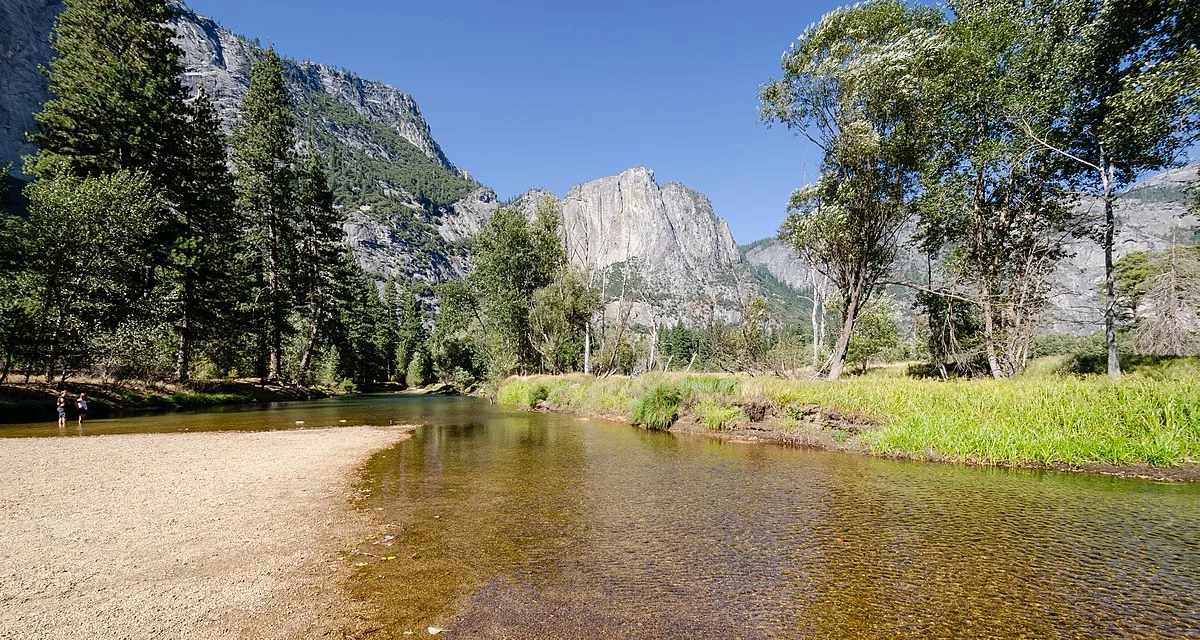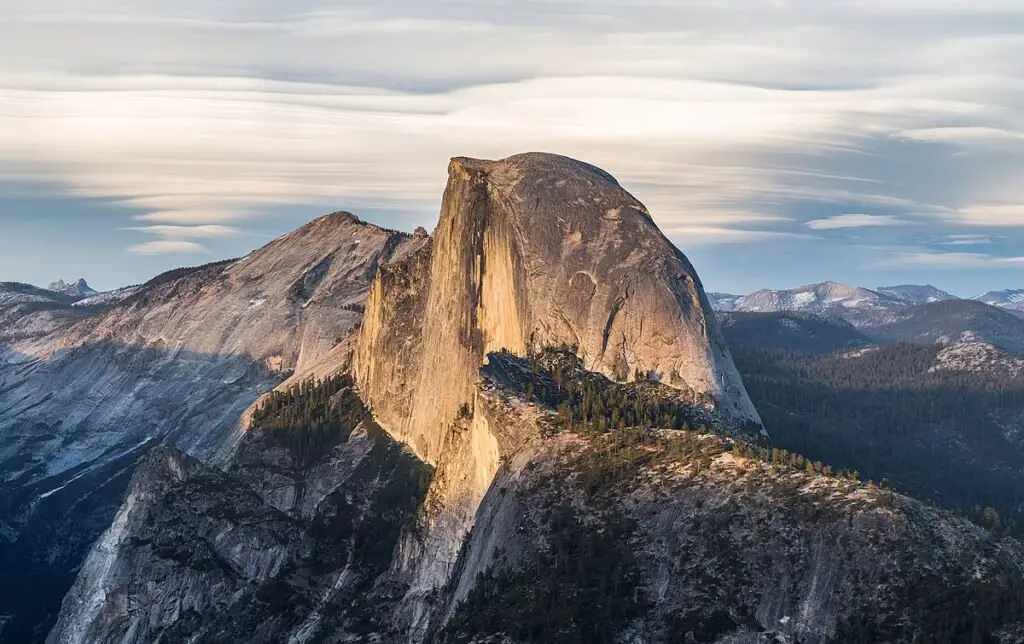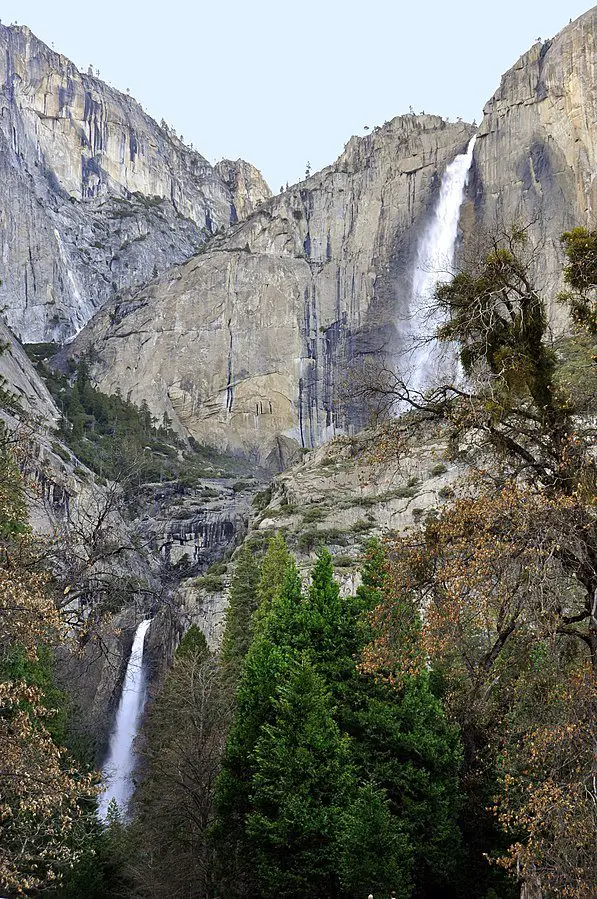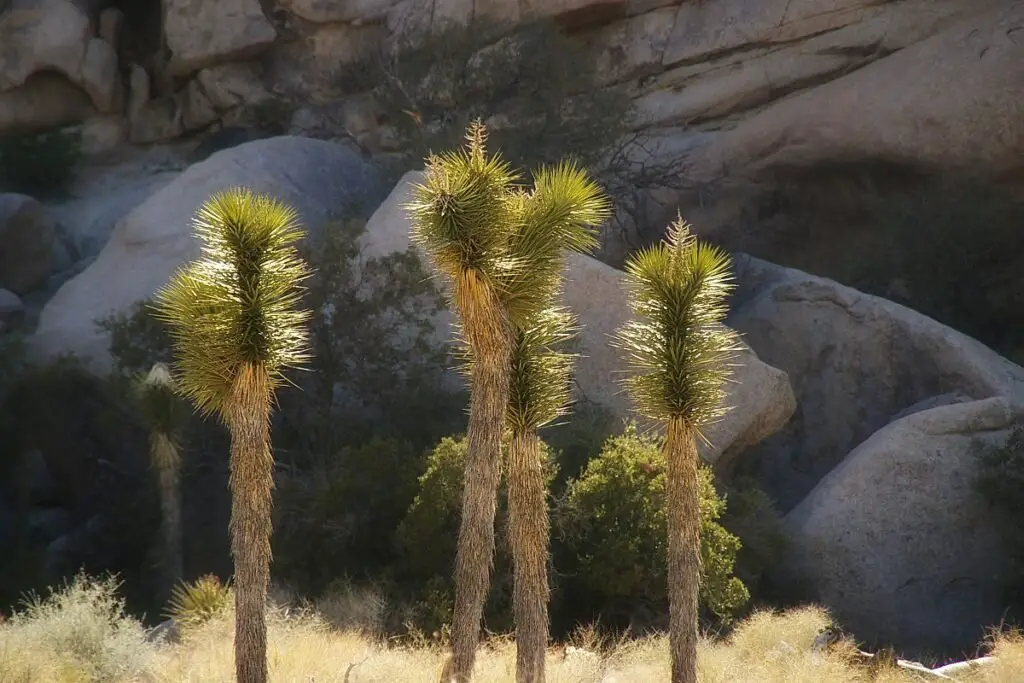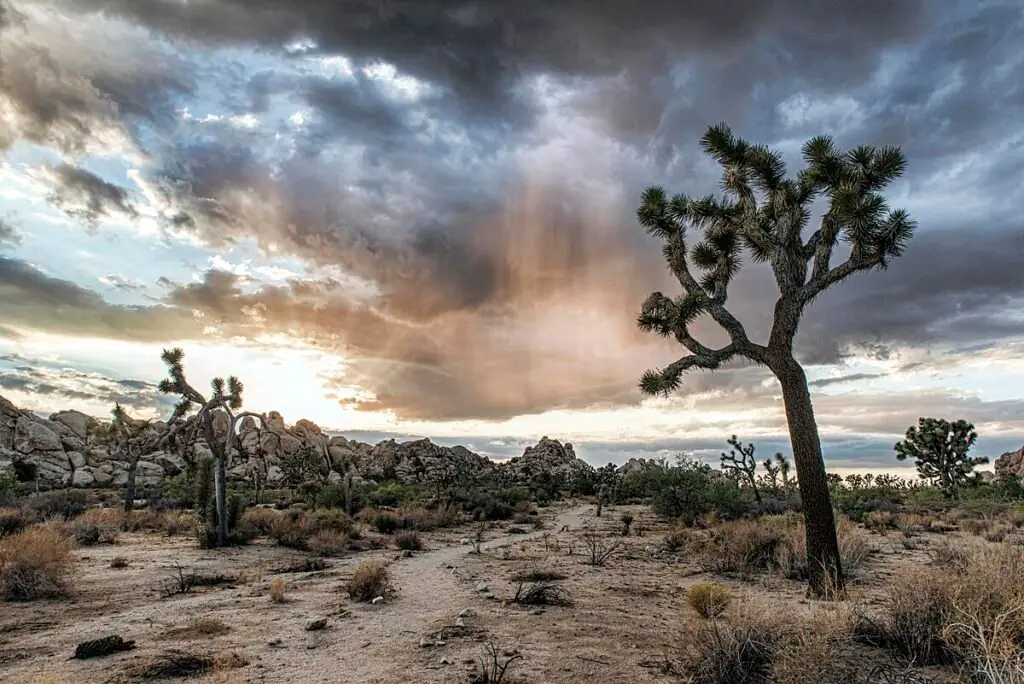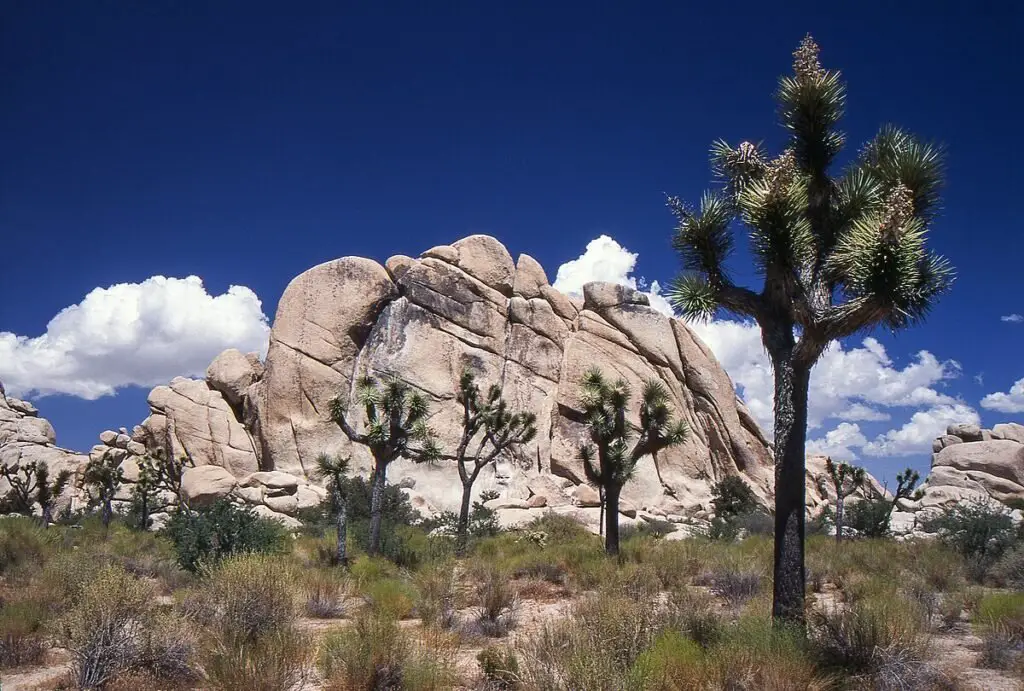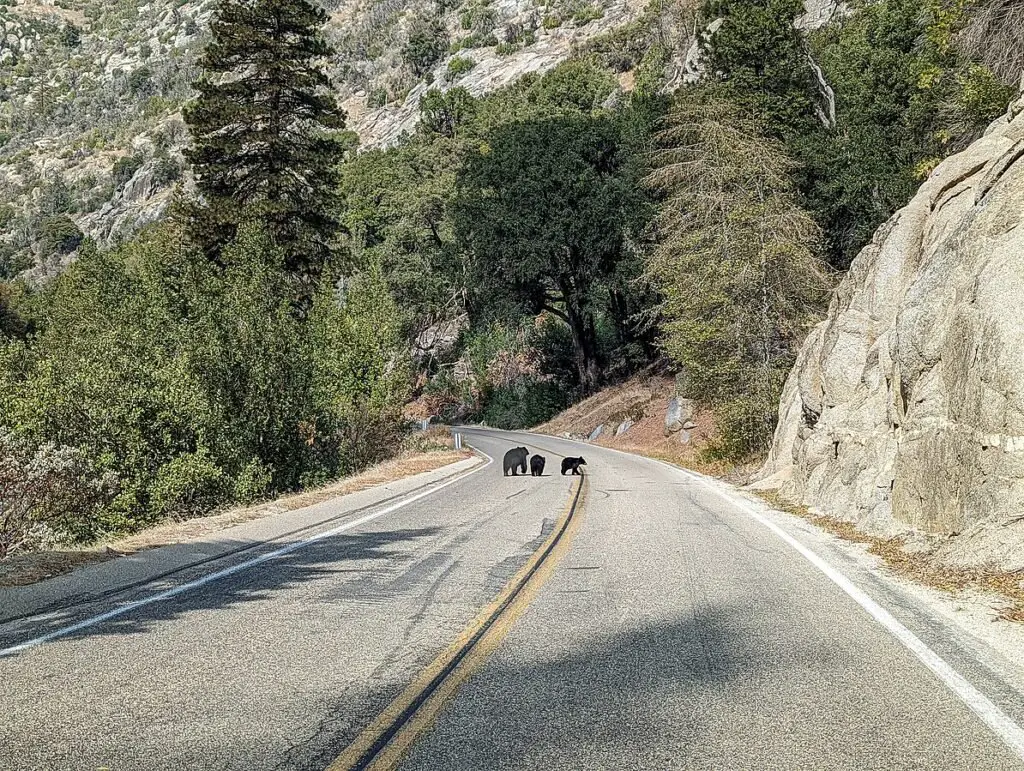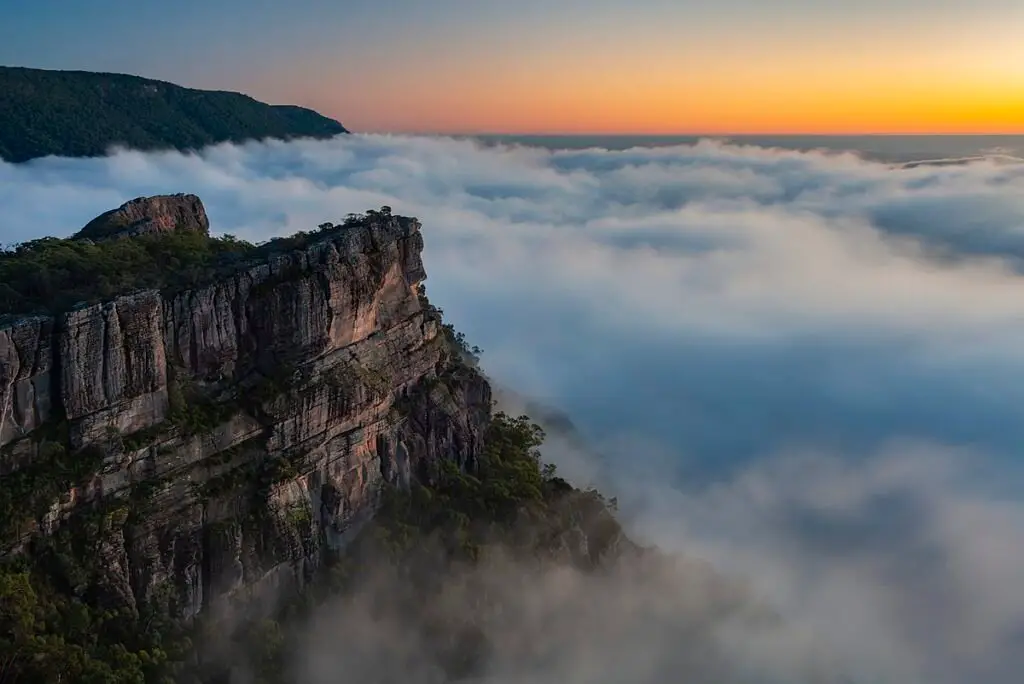California is renowned for its impressive array of national parks, each offering a unique tapestry of natural beauty and outdoor adventures. From the iconic granite cliffs of Yosemite to the stark, yet mesmerizing arid landscapes of Joshua Tree, California’s national parks present a diverse range of ecosystems that cater to various interests and activities for nature enthusiasts, hikers, rock climbers, and families. These beloved destinations not only serve as havens for recreation and exploration but also play a crucial role in conservation efforts, preserving the state’s rich biodiversity and natural heritage for future generations.
The sheer variety of landscapes in California’s national parks is astounding. In the north, towering ancient redwood forests thrive, shrouded in mist and history, providing serene trails and towering canopies that offer glimpses into prehistoric times. Yosemite National Park, one of the crown jewels of the national park system, beckons visitors with its awe-inspiring waterfalls, majestic granite monoliths like El Capitan, and diverse hiking trails that range from easy walks to challenging climbs. As one travels south, the scenery transitions dramatically to the desert wonderland of Joshua Tree National Park, where the meeting of the Mojave and Colorado deserts creates a surreal mix of rugged rock formations and iconic Joshua trees standing sentinel against the desert sky.
Beyond these marquee parks, California boasts other remarkable national parks, including the geothermal marvels of Lassen Volcanic National Park and the lush coastal trails of Channel Islands National Park. Each park offers its own set of features, from the geothermal activity at Lassen to the secluded beaches and pristine waters of Channel Islands. Together, they contribute to a vibrant mosaic of natural environments that highlight the geographic and ecological diversity of the state.
Preserving these landscapes is vital. Efforts by national and local conservation organizations aim to maintain these pristine environments while allowing for sustainable tourism and recreational activities. As stewards of these natural treasures, it is our responsibility to support and engage in preservation efforts. By exploring and appreciating California’s national parks, visitors contribute to the ongoing legacy of these majestic natural sanctuaries.
Exploring Yosemite National Park
Yosemite National Park stands as one of California’s most renowned natural treasures, offering visitors an array of spectacular sights, activities, and experiences. Iconic landmarks, such as El Capitan, Half Dome, and Yosemite Falls, make Yosemite a primary attraction for nature enthusiasts and adventure seekers alike.
El Capitan, towering nearly 3,000 feet above the valley floor, is a mecca for rock climbers from around the world. Whether you are an experienced climber or a spectator looking to marvel at the climbers’ feats, the monolithic granite cliff does not disappoint. Similarly, Half Dome offers a unique challenge; its vertical ascent is a bucket-list item for many hikers, culminating in breathtaking panoramic views.
Yosemite Falls, the tallest waterfall in North America, is another must-see landmark. Cascading down a total of 2,425 feet, it is best viewed during the spring and early summer when the snowmelt is at its peak. Hiking trails such as the Mist Trail to Vernal and Nevada Falls provide closer encounters with Yosemite’s mesmerizing waterfalls.
For those seeking more serene and secluded experiences, Yosemite also houses lesser-known trails and viewpoints. Trails like the Chilnualna Falls Trail and the Pohono Trail offer stunning views without the bustling crowds. Tuolumne Meadows, with its expansive wildflower-adorned landscape, provides a peaceful retreat for those looking to connect with nature.
Popular activities within Yosemite include hiking, camping, and rock climbing. Visiting during the spring or early autumn ensures optimal weather conditions for these endeavors. While summer traffic can be heavy, winter transforms the park into a snowy wonderland, perfect for cross-country skiing and snowshoeing.
For first-time visitors, planning ahead is essential for maximizing their Yosemite experience. Securing camping permits early, arriving during early morning hours to avoid crowded trailheads, and exploring some of the lesser-known areas can greatly enhance the visit. With proper planning, Yosemite National Park offers unparalleled natural beauty and adventure for everyone.
Discovering the Natural Wonders of Joshua Tree National Park
Joshua Tree National Park is a unique haven for nature enthusiasts, renowned for its surreal landscapes and the iconic Joshua Trees that punctuate the stark desert terrain. The park’s distinct environment is a remarkable fusion of two desert ecosystems: the Mojave and the Colorado. This confluence creates a diverse array of flora and fauna that thrive amidst boulder-strewn valleys and rugged mountains.
For adventure seekers, Joshua Tree offers a plethora of activities to savor its natural beauty. Rock climbing is especially popular, with climbers from all over the world flocking to the park to scale its challenging rock formations. Whether you are a beginner or an advanced climber, the park provides routes that cater to all skill levels.
Another compelling attraction is stargazing. Far from the urban light pollution, Joshua Tree’s night sky unveils a breathtaking canvas of stars, planets, and the Milky Way. Astronomy aficionados often gather at designated viewing spots for an unobstructed celestial experience.
Hiking is one of the most rewarding ways to explore the park’s landscapes. Among the numerous trails, Barker Dam and Hidden Valley stand out for their scenic beauty and accessibility. Barker Dam offers a relatively easy loop trail that showcases a historic dam and a picturesque desert lake, often attracting a variety of wildlife. Hidden Valley, meanwhile, is a captivating hike through a natural enclave encircled by massive boulders, providing a secluded experience with interpretive signs detailing the area’s natural and human history.
Timing your visit to Joshua Tree can significantly enhance your experience. Spring is ideal for witnessing vibrant wildflower blooms, while fall and winter provide cooler temperatures that are perfect for hiking and camping. Speaking of camping, the park has several campgrounds, each offering a unique perspective of the desert environment. Ensuring a safe and enjoyable adventure involves preparing for the desert’s extreme conditions by carrying ample water, sun protection, and knowing your routes.
Joshua Tree National Park is not just a destination but an otherworldly adventure where the confluence of ecosystems and abundance of activities offer a vivid glimpse into nature’s unadulterated splendor.
Other Must-Visit National Parks in California
While Yosemite and Joshua Tree often steal the spotlight, California is home to several other remarkable national parks that deserve attention. Sequoia and Kings Canyon National Parks, for instance, are famed for their majestic giant sequoia trees and rugged mountain landscapes. Here, visitors can marvel at the iconic General Sherman Tree, the largest tree on Earth by volume, and explore the Giant Forest, home to several other notable giants. Hiking enthusiasts will find a wealth of trails, such as the strenuous but rewarding trek to the summit of Mount Whitney, the tallest peak in the contiguous United States. Don’t forget a visit to the subterranean Crystal Cave to experience a different perspective of this extraordinary park.
Equally captivating is Pinnacles National Park, which offers unique rock formations and mysterious talus caves. Spanning across 26,000 acres, Pinnacles is a sanctuary for rock climbers and hikers alike. The park’s signature feature is its jagged spires and monoliths, remnants of an ancient volcanic field. Trails like the High Peaks Loop provide unparalleled views of these awe-inspiring formations, while the Bear Gulch and Balconies Cave trails allow explorers to navigate fascinating cave systems. Bird watchers are also in for a treat, as Pinnacles is one of the few places where the endangered California condor is being reintroduced and can be observed soaring above.
For travelers planning a visit, it’s advisable to check the seasonal accessibility of certain areas and trails. Winter snow can limit access to parts of Sequoia and Kings Canyon, while the summer heat may impact your experience in Pinnacles. Preparing adequately with appropriate gear and ample water including readiness for varying weather conditions is essential for a safe and enjoyable adventure. By exploring these less-frequented national parks, visitors can gain a deeper appreciation of California’s diverse natural beauty and perhaps uncover some new favorite destinations.

